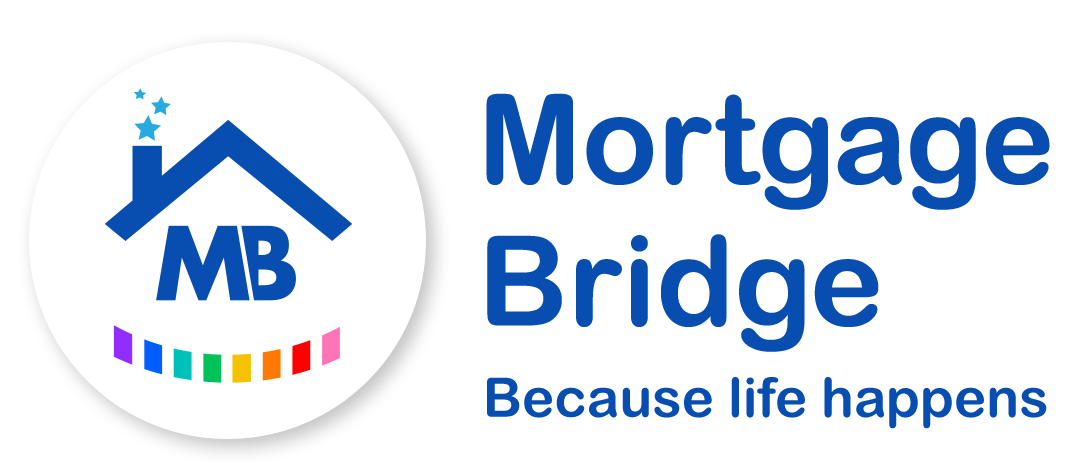A Comprehensive Guide: First-Time Buyer with Bad Credit
Introduction
Becoming a first-time homebuyer is a significant milestone in one’s life. But for those with less-than-perfect credit, the path to homeownership may seem daunting. The good news is that, with careful planning, perseverance, and the right guidance, even first-time buyers with bad credit can turn their homeownership dreams into reality. In this blog post, we will explore the steps and considerations for those looking to purchase their first home while managing bad credit.
Understanding bad credit
Before we dive into the process of buying your first home with bad credit, it’s essential to have a clear understanding of what bad credit means. Credit is typically measured through credit scores provided by agencies such as Experian, Equifax, and TransUnion. Your credit score is a numerical representation of your creditworthiness, which lenders use to assess the risk of lending to you.
A low credit score is often the result of missed payments, defaulted loans, high credit card balances, or other financial missteps. A score below 620 is generally considered poor or bad credit.
Now, let’s explore how you can navigate the challenging path to homeownership as a first-time buyer with bad credit.
1. Improve your credit score.
The first and most crucial step is to work on improving your credit score. This can be a time-consuming process, but the long-term benefits are well worth the effort. Some strategies for improving your credit score include:
Paying bills on time: Timely payment of bills, including credit card balances and loans, is crucial for improving your credit.
Reducing outstanding debt: Lowering your credit card balances can boost your credit score.
Checking your credit report: Ensure the accuracy of your credit report and dispute any errors.
Seeking professional help: Consider consulting with a financial advisor or credit counsellor for personalised advice on improving your credit.
2. Budget and save
Creating a realistic budget is essential for any aspiring homeowner, but it’s especially critical for those with bad credit. A well-structured budget can help you save for a down payment and cover the costs associated with homeownership, such as maintenance, property taxes, and insurance.
3. Seek expert guidance.
Navigating the complex mortgage market can be challenging, especially for first-time buyers with bad credit. Consulting with a mortgage broker who specialises in helping individuals with less-than-perfect credit can be invaluable. They can connect you with lenders who offer mortgage products tailored to your specific circumstances.
4. Consider government assistance.
There are government schemes designed to assist first-time buyers, such as shared ownership. These programmes can make homeownership more accessible, even for those with bad credit.
5. Save for a larger deposit.
While a typical deposit for a home is around 5-20% of the property’s value, making a larger down payment can help mitigate the impact of bad credit. The more you can contribute upfront, the more appealing you may appear to lenders.
6. Be Realistic
Finally, it’s essential to be realistic about your budget and the type of property you can afford. While it’s natural to dream big, managing your expectations can make the homebuying process smoother and more achievable.
Conclusion
Becoming a first-time homebuyer with bad credit may have its challenges, but it’s far from impossible. With dedication, strategic financial planning, and the guidance of professionals who specialise in helping individuals with bad credit, homeownership can become a reality. By taking steps to improve your credit, budgeting wisely, and exploring government assistance programmes, you can pave the way for a brighter and more secure future as a homeowner. Remember, patience and persistence are key as you embark on this exciting journey to homeownership.


